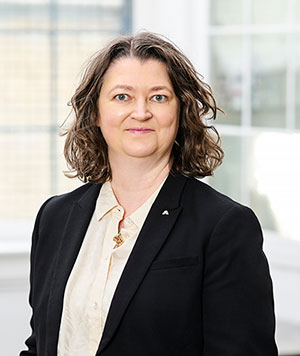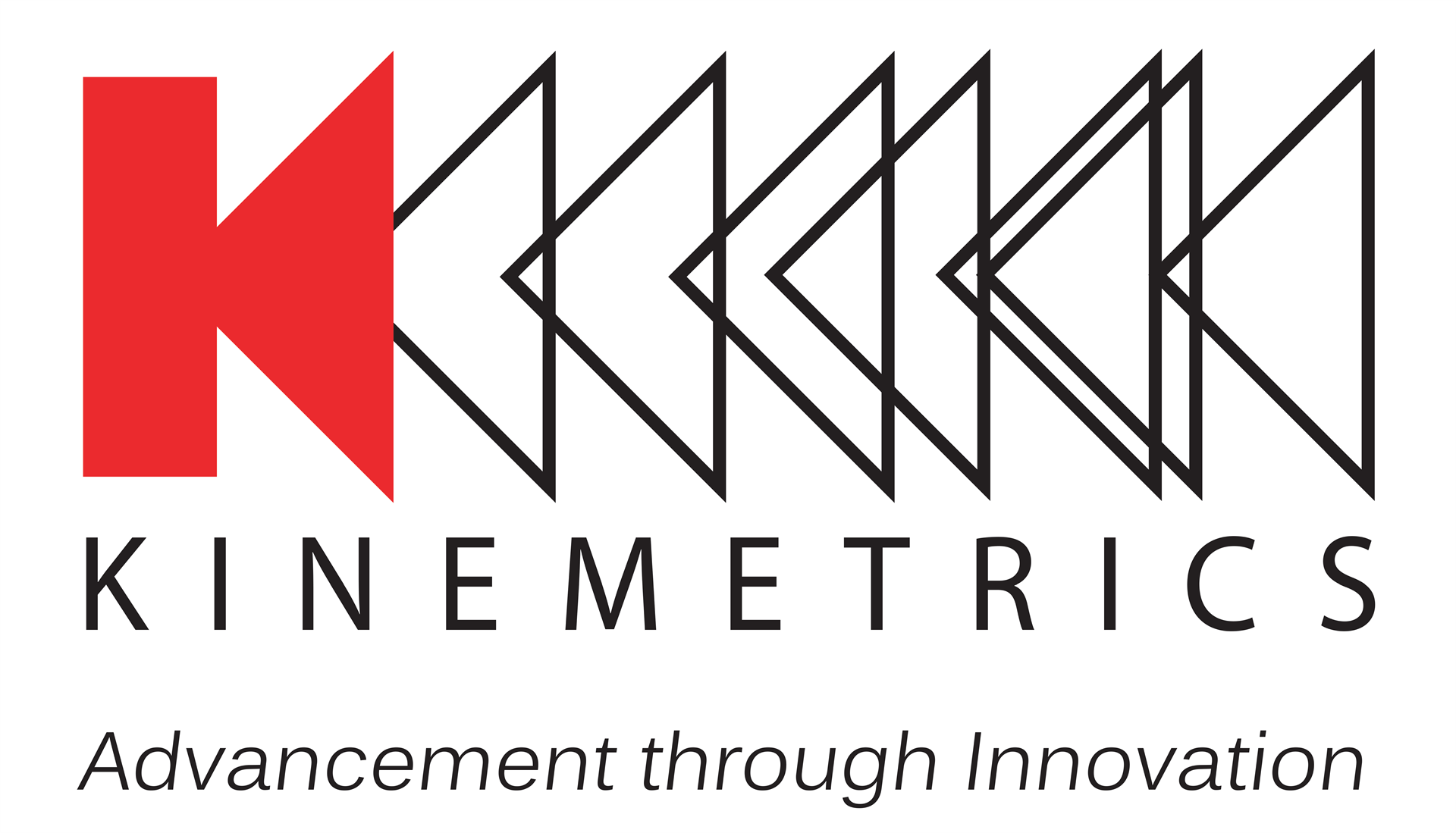Welcome to IABSE Congress Ghent 2025! |
The International Association for Bridge and Structural Engineering (IABSE) is delighted to be invited to Ghent, Belgium, for the IABSE Congress in August 2025 co-organised by the Dutch and Belgian groups of IABSE in co-operation with Ghent University. Society has valid expectations for structures to be reliable under both normal service, to ever-more extreme conditions than seen before – whether due to climate change, natural or man-made hazards - while at the same time minimising consumption of resources and emission of greenhouse gasses. As a result, the complexity increases both from the design and the construction perspective. Structural engineers have developed sophisticated digital tools in response and their use requires a solid understanding of the fundamentals of structural behaviour and the ability to apply engineering judgement. |
|
|
SPONSORS:
GOLD
SILVER
BRONZE
Other Sponsors














